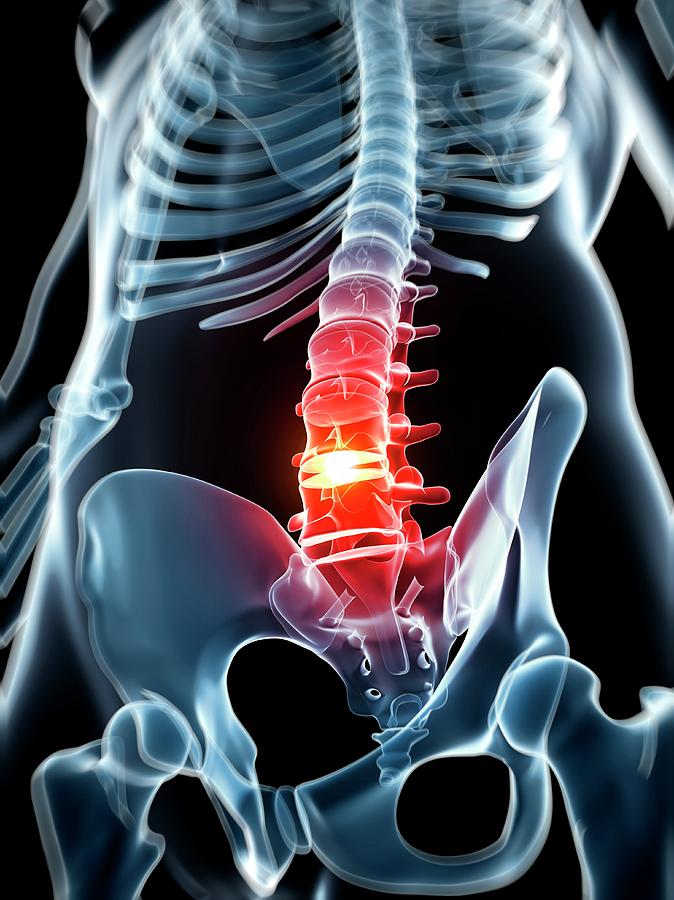
Spine disorders may have several different origins and causes, such as births deformities, aging, tumorous lesions, and mechanical loads induced by work and sport activities. It supports your head, shoulders, and upper body. Human spine is a linked structure consisting of 33 vertebrae separated by fibrocartilaginous intervertebral discs and united by articular capsules and ligaments (Huang and Ramakrishna, 2004).

A thorough database has been provided for deciding the appropriateness of using the sheep spine as a model for the human spine. Thank your spine, a stack of little bones called vertebrae along the center of your back, from your seat to your neck. Sheep spine may be a useful model for experiments related to the gross structure of the thoracic or lumbar spine, with certain limitations for the cervical spine. Find Human spine diagram stock images in HD and millions of other royalty-free stock photos, illustrations and vectors in the Shutterstock collection. This human spine disorders medical chart also illustrates arthritis of the. A complete spine anatomy model covers five sections to. Anatomical chart shows tumors on the spinal column, ilium, sacrum, and spinal cord.

Morphological variations as a function of spine level typically were well matched in the two species. The Human Spine Model is a didactic visual learning aid for teaching students about spine anatomy. The results showed that sheep and human vertebrae are most similar in the thoracic and lumbar regions, although they show substantial differences in certain dimensions.

The purpose of this study was to investigate the characteristic anatomical dimensions of the sheep spine and to compare these with existing human data.įive complete spines were measured to determine 21 dimensions from the pedicles, spinal canal, transverse and spinous processes, facets, endplates, and disc. The sheep spine is often used as a model for the human spine, although the degree to which these spines are anatomically comparable has yet to be categorically established.


 0 kommentar(er)
0 kommentar(er)
